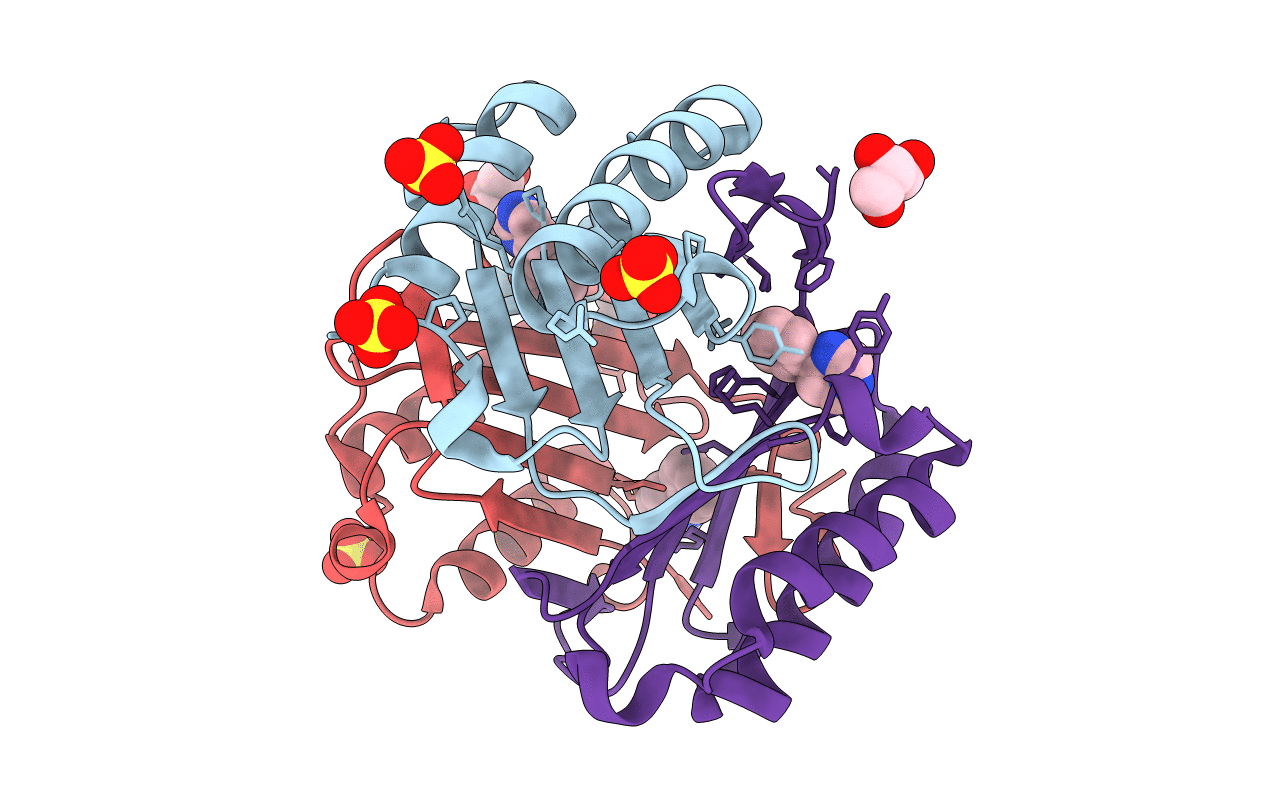
Deposition Date
2007-11-06
Release Date
2008-09-23
Last Version Date
2024-10-30
Entry Detail
PDB ID:
3B9S
Keywords:
Title:
Macrophage Migration Inhibitory Factor (MIF) complexed with Inhibitor, 4-IPP.
Biological Source:
Source Organism:
Homo sapiens (Taxon ID: )
Host Organism:
Method Details:
Experimental Method:
Resolution:
1.80 Å
R-Value Free:
0.22
R-Value Work:
0.19
R-Value Observed:
0.19
Space Group:
P 21 21 21


